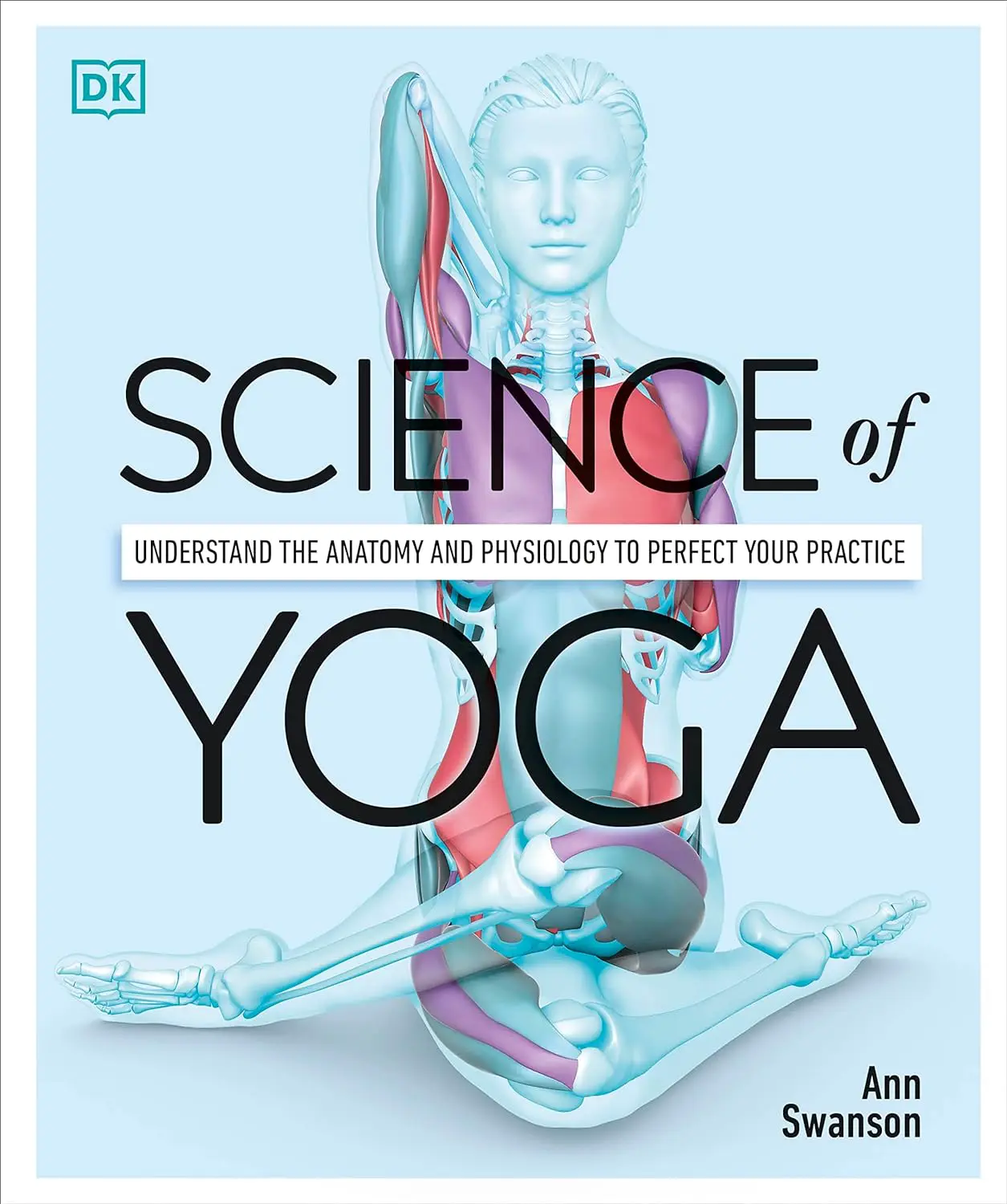Props Guide: Enhance Restorative Practice

Looking for more amazing products? Check out our online store and explore our collection here! Happy shopping!
Before diving in, please note: This post is for informational purposes only. If you’d like to know more about how we approach topics, feel free to check out our friendly Disclaimer Page.
Hey there, amazing readers! 
We’re committed to delivering quality posts, and your support (even just sticking around despite the ads) means everything to us. So, bear with us, and thanks for helping us keep the good vibes rolling. Now, on to the fun stuff!
TRANSLATE BUTTON AT THE END OF THE ARTICLE
A Quick Overview
Restorative practice focuses on building relationships and resolving conflicts in a positive way.
Props can play a crucial role in enhancing restorative practice by creating a safe and supportive environment for individuals to express themselves.
In this article, we will explore the importance of props in restorative practice, the types of props commonly used, the benefits of incorporating props, and how they aid in emotional healing and communication.
We will also discuss best practices for implementing props, incorporating them in group settings, and using them for self-reflection and growth.
Additionally, we will address how props can be used to address trauma and integrate them into restorative circles.
Importance of Props in Restorative Practice
Props are essential tools in restorative practice as they can help individuals feel more comfortable and open up during discussions.
They provide a physical representation of emotions and experiences, making it easier for participants to express themselves.
Props also serve as visual aids that can enhance understanding and empathy among group members.
By using props, facilitators can create a supportive and engaging atmosphere that promotes active participation and collaboration.
Types of Props Used in Restorative Practice
There are various types of props that can be used in restorative practice, including:
Soft objects: such as stuffed animals or stress balls, can provide comfort and a sense of security during emotional discussions.
Art supplies: like markers, paper, and clay, can be used for creative expression and reflection.
Role-play materials: such as costumes or props for storytelling, can help participants step into different perspectives and explore new ways of thinking.
Mindfulness tools: such as candles, essential oils, or calming music, can create a calming environment for reflection and emotional healing.
Benefits of Incorporating Props
Incorporating props into restorative practice can have numerous benefits, including:
Enhanced communication: Props can make it easier for individuals to express complex emotions and experiences.
Increased engagement: Props can make discussions more interactive and engaging for participants.
Emotional support: Props can provide comfort and reassurance during difficult conversations.
Creative expression: Props can inspire creativity and self-reflection among participants.
How Props Aid in Emotional Healing
Props can aid in emotional healing by providing a tangible outlet for individuals to process and express their emotions.
By using props, individuals can externalize their feelings and experiences, making them easier to discuss and work through.
Props can also serve as a source of comfort and support, helping individuals feel safe and validated in their emotions.
Through the use of props, participants can explore their emotions in a non-threatening way and begin the healing process.
Creating a Safe Space with Props
Props play a crucial role in creating a safe and supportive space for individuals to engage in restorative practice.
By incorporating props, facilitators can establish a sense of trust and openness among participants.
Props can help to break down barriers and create a more relaxed and inviting atmosphere for discussions.
Additionally, props can serve as a visual reminder of the shared goal of healing and growth, fostering a sense of community and belonging among group members.
Using Props to Facilitate Communication
Props can be powerful tools for facilitating communication in restorative practice.
By providing a physical representation of emotions and experiences, props can help individuals communicate more effectively and authentically.
Props can also serve as prompts for discussion, sparking meaningful conversations and insights.
Through the use of props, participants can express themselves in a non-verbal way, making it easier to connect with others and share their thoughts and feelings.
Best Practices for Implementing Props
When implementing props in restorative practice, it is important to keep the following best practices in mind:
Ensure accessibility: Make sure that props are easily accessible to all participants and that everyone feels comfortable using them.
Provide guidance: Offer clear instructions on how props can be used and encourage participants to explore their creativity and emotions.
Respect boundaries: Be mindful of individual preferences and comfort levels when using props, and always prioritize consent and respect.
Encourage reflection: Use props as a tool for reflection and self-discovery, allowing participants to express themselves in a meaningful way.
Incorporating Props in Group Settings
Props can be especially effective in group settings, where they can foster collaboration and connection among participants.
In group settings, props can serve as a common ground for individuals to come together and share their experiences.
Props can also help to break the ice and create a sense of camaraderie among group members.
By incorporating props into group discussions, facilitators can encourage teamwork and mutual support, leading to a more positive and productive outcome.
Props for Self-Reflection and Growth
Props can be used as tools for self-reflection and personal growth in restorative practice.
By engaging with props, individuals can explore their emotions, beliefs, and values in a meaningful way.
Props can prompt individuals to reflect on their experiences and make connections between their thoughts and feelings.
Through the use of props, participants can gain insight into themselves and their relationships, leading to personal growth and development.
Addressing Trauma with the Help of Props
Props can be instrumental in addressing trauma and supporting individuals in their healing journey.
By using props, individuals can externalize their trauma and begin to process their experiences in a safe and supportive environment.
Props can provide a sense of control and empowerment for individuals who have experienced trauma, allowing them to express themselves in a non-verbal way.
Through the use of props, facilitators can help individuals navigate their trauma and move towards healing and recovery.
Integrating Props into Restorative Circles
Props can be seamlessly integrated into restorative circles to enhance the healing process and promote connection among participants.
In restorative circles, props can serve as a focal point for discussions and reflections, guiding participants towards deeper understanding and empathy.
Props can also be used as symbols of shared experiences and emotions, fostering a sense of unity and solidarity among group members.
By incorporating props into restorative circles, facilitators can create a transformative and healing space for individuals to come together and support one another.
Conclusion
In conclusion, props play a vital role in enhancing restorative practice by creating a safe and supportive environment for individuals to engage in meaningful discussions and reflections.
By using props, facilitators can facilitate communication, emotional healing, and personal growth among participants.
Incorporating props into restorative practice can lead to enhanced engagement, creativity, and empathy, ultimately fostering a sense of connection and healing within the group.
Through the thoughtful integration of props, restorative practice can become a transformative and empowering experience for all involved.

The Enlightenment Journey is a remarkable collection of writings authored by a distinguished group of experts in the fields of spirituality, new age, and esoteric knowledge.
This anthology features a diverse assembly of well-experienced authors who bring their profound insights and credible perspectives to the forefront.
Each contributor possesses a wealth of knowledge and wisdom, making them authorities in their respective domains.
Together, they offer readers a transformative journey into the realms of spiritual growth, self-discovery, and esoteric enlightenment.
The Enlightenment Journey is a testament to the collective expertise of these luminaries, providing readers with a rich tapestry of ideas and information to illuminate their spiritual path.
Our Diverse Expertise
While our primary focus is on spirituality and esotericism, we are equally passionate about exploring a wide range of other topics and niches 

To ensure we provide the most accurate and valuable insights, we collaborate with trusted experts in their respective domains 
Our blog originally focused on spirituality and metaphysics, but we’ve since expanded to cover a wide range of niches. Don’t worry—we continue to publish a lot of articles on spirituality! Frequently visit our blog to explore our diverse content and stay tuned for more insightful reads.
Hey there, amazing reader! 
Check out our store here and take a peek at some of our featured products below! Thanks for being awesome!











